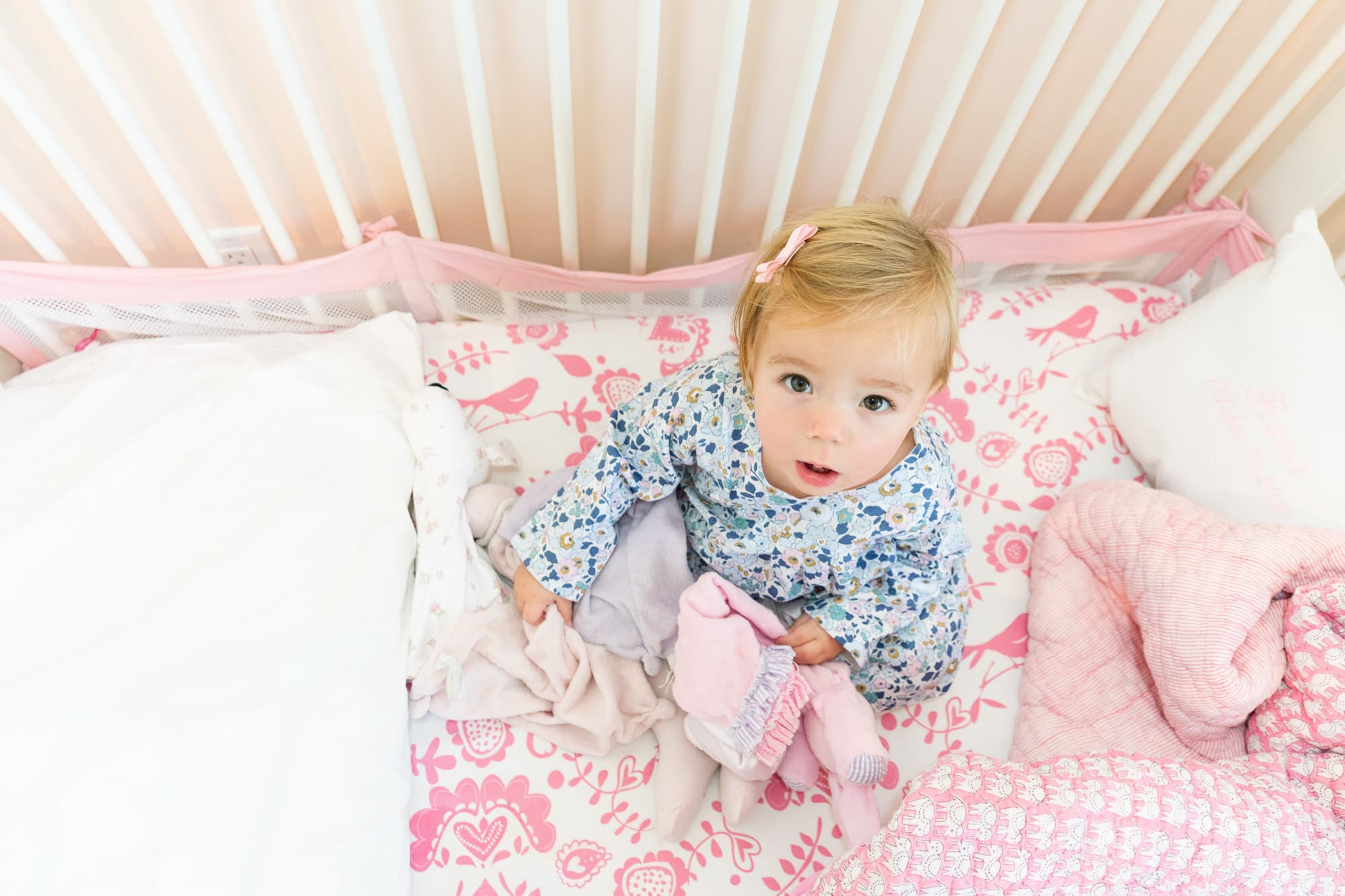TOP TIPS FOR GREAT KID’S PORTRAITS
May 27, 2017
Unfortunately, it’s not enough to have enthusiasm for taking great kid’s portraits – you need to have some serious skills under your belt to capture those moments. Fortunately, with a few tips and a little practice you can really improve your photos.
Tip 1: Survey the Scene
Having a cute kid goes a long way towards making great kid’s portraits, but so does the scene they are being photographed in. Depending on the scene, you might need to make adjustments to your camera settings or where you place your child to make an ideal image.
For example:
Indoors – May need additional light sources, higher ISO.
Outdoors – Higher shutter speed as kids are usually moving around more.
Movement – You might need to find a way to limit movement, such as finding toys or a way to restrict moving around.
Background – Is it distracting? Is there a way that they you can limit distractions, such as using a large aperture or changing the background?
Distraction – Is the scene to noisy/busy for your child to get focused on you?
Finding a nice balance of elements in your scene can be tricky business, but with some practice you’ll soon have it handled. For the most part, the key is to have the scene set before you start photographing, so your kids don’t get frustrated with being moved around before you have the opportunity to take some photos.
 Tip 2: Work on Interaction
Tip 2: Work on Interaction
You might feel like you’ve got the basics down, understand the Magic Triangle, and can incorporate a few composition tricks into your kid’s portraits – but there’s something still missing. This might be the connection that is forged between the camera and child. It’s not easy to get some kids to open up to the camera, but hopefully you can incorporate a few tried and true methods to get more personal photos, such as:
Ask them to tell a story – When they look up at the camera capture that shot.
Play a game – Simon Says, treasure hunt, etc.
Give them a task – By keeping their hands busy you can help slow them down.
Let them call the shots – Tell them they are the director/actor in a movie and can tell you how to take the photo, set the scene, figure out a pose, etc. Then keep shooting – in between the “posed” shots your find some great images.
The goal is to help them forget about the camera entirely, even when they are looking right at it. If all else fails you might want to back up and try more candid photography (i.e. use a telephoto lens and photograph them when they aren’t aware). When working with introverted children, keep sessions short and end on a good note so they remember it as a positive experience for next time.
Tip 3: Camera Settings are Key
 Setting up your camera correctly to take good portraits is the biggest stumbling block for many new children’s portrait photographers. Start with a larger aperture (f/2.8-5.6) unless you are keen on including details in the background. Decide on your focal point: for close up portraits it’s usually the eye (or the little details), for pulled back, story-style images it’s your child.
Setting up your camera correctly to take good portraits is the biggest stumbling block for many new children’s portrait photographers. Start with a larger aperture (f/2.8-5.6) unless you are keen on including details in the background. Decide on your focal point: for close up portraits it’s usually the eye (or the little details), for pulled back, story-style images it’s your child.
Keep your ISO as low as possible to reduce noise, and your shutter speed as quick as possible to prevent blurriness. Learn where the settings are without looking, so you can make changes on the fly.
 Tip 4: Get Comfortable
Tip 4: Get Comfortable
As much as you want your kids to be comfortable on your photos hoot, don’t overlook your own comfort level as well. Select comfortable clothing, light layers you can remove as it warms up, and shoes that won’t bother your feet after a few hours. Remember that you might need to get on their level, so choose clothing you won’t mind getting dirty.
Tip 5: Don’t Give Up!
Your first kid’s portrait photo shoot might not go strictly as planned, but don’t despair. Every time you put away your camera, think about how much you have learned. Read, check out other people’s work, and then try again.
If you want to brush up on your children’s photography skills quickly, our course How To Photography your Kids launches next week December 9th! Www.howtophotographyourkids.com